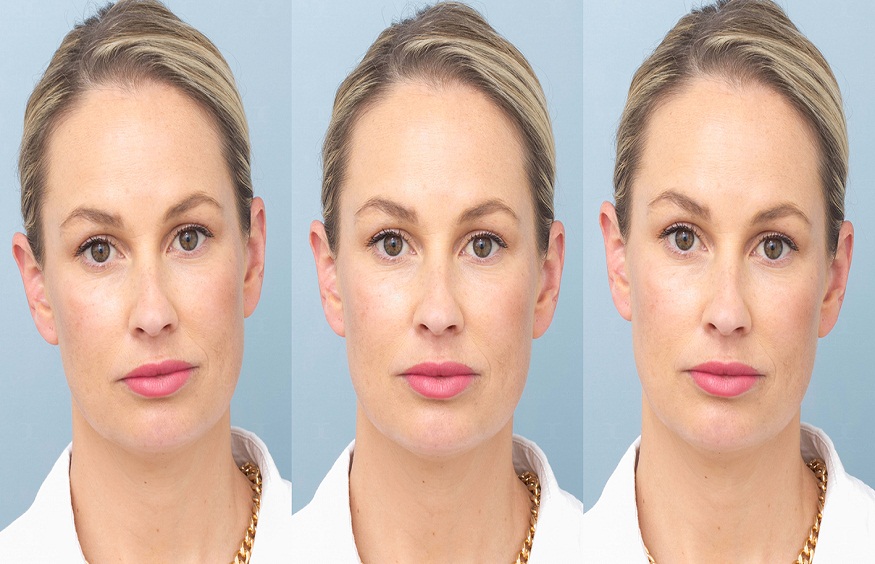Beauty standards shift over time. These changes can influence how people view plastic surgery. The desire for certain looks grows or declines. Procedures like the East Windsor tummy tuck gain popularity as trends shift. History shows us that standards of beauty have always evolved. These shifts shape our perceptions and choices in seeking cosmetic changes.
Historical Perspective
Throughout history, beauty ideals have morphed, often reflecting societal values. For example, during the Renaissance, full figures were admired, as they symbolized wealth and fertility. Fast forward to the 1920s, flapper fashion embraced a more androgynous look, favoring slender bodies. These shifts highlight how cultural and economic factors influence what is considered attractive.
Modern-Day Influences
Today, social media plays a large role in shaping beauty norms. Platforms like Instagram and TikTok promote curated images that can set unrealistic expectations. This constant exposure may drive individuals to seek surgical enhancements. According to the U.S. Food and Drug Administration, there is an increase in demand for procedures that provide noticeable but natural-looking enhancements.
The Role of Plastic Surgery
Plastic surgery adapts to cater to these evolving beauty standards. Surgeons now focus on techniques that enhance but do not overly alter one’s natural appearance. The emphasis is on balance and symmetry rather than dramatic changes. This shift aligns with the growing preference for subtlety in cosmetic procedures.
Popular Procedures Over Time
The table below highlights some popular procedures over recent decades and reflects changing beauty ideals:
| Decade | Popular Procedure | Reason for Popularity |
| 1990s | Liposuction | Desire for a slim figure |
| 2000s | Breast Augmentation | Trend of curvier silhouettes |
| 2010s | Rhinoplasty | Influence of celebrities and social media |
| 2020s | Minimally invasive procedures | Preference for natural enhancements |
Psychological Implications
The pursuit of beauty through surgery can have psychological effects. While many find increased confidence, others may face issues like body dysmorphia. It’s crucial to approach cosmetic surgery with realistic expectations and an understanding of the potential mental health implications. The National Institute of Mental Health advises individuals to consider their motivations and mental well-being before undergoing cosmetic procedures.
The Future of Beauty Standards
As global cultures become more interconnected, beauty standards may continue to diversify. This could lead to a broader acceptance of diverse beauty ideals. Innovations in cosmetic surgery are likely to keep pace, offering safer and more personalized options. Ultimately, the goal will be to enhance individual beauty rather than conform to a singular standard.
Conclusion
Changing beauty standards will always impact the way people view and pursue plastic surgery. Understanding the historical and societal context can help guide informed choices. As we move forward, the focus should remain on celebrating diverse beauty and ensuring that choices enhance well-being.

